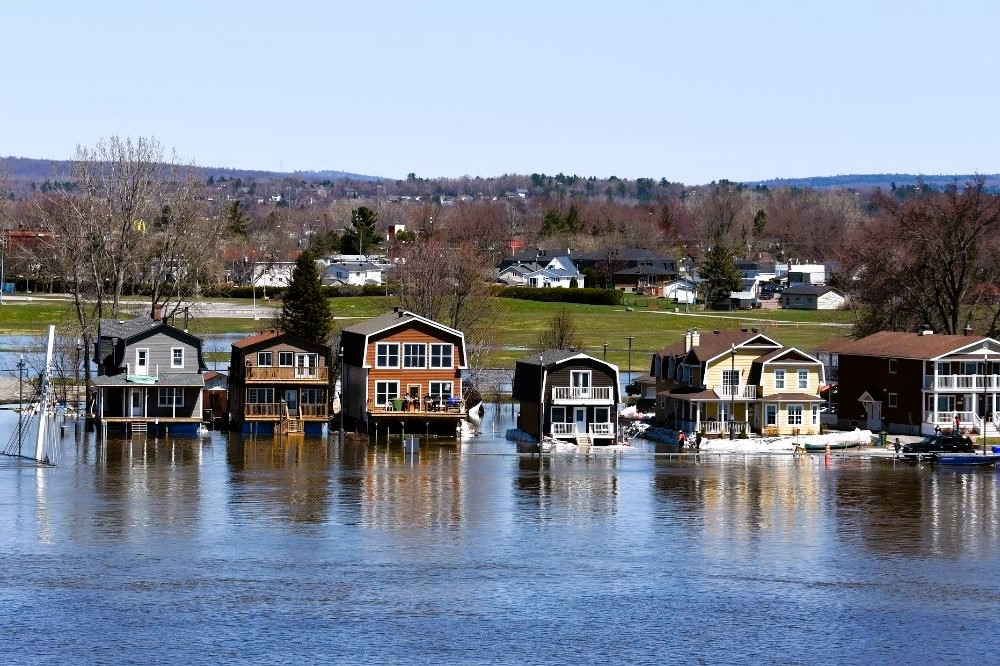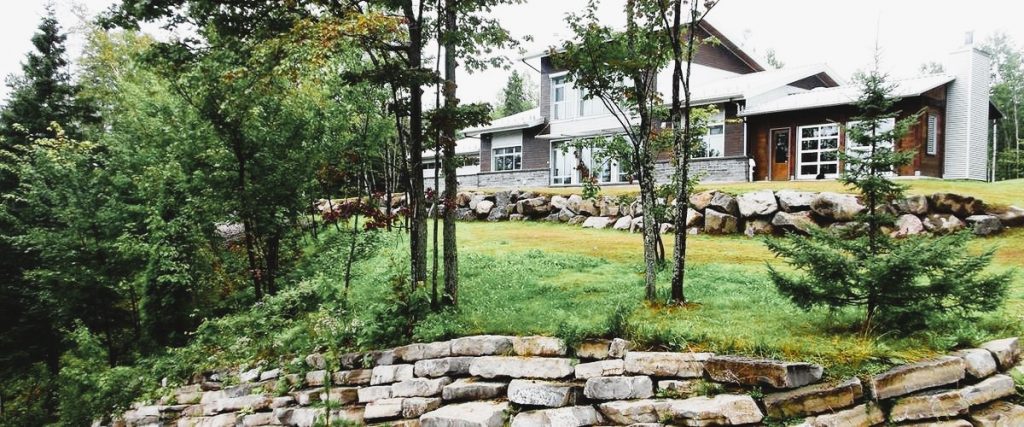
Canada is a country known for its diverse climate, ranging from hot summers to freezing winters, and from heavy rainfall to snowstorms. With these weather extremes in mind, it is essential to build homes that can withstand and adapt to the challenging Canadian climate. Building resilient homes not only ensures the safety and comfort of residents but also contributes to long-term sustainability and energy efficiency. In this article, we will explore key considerations and strategies for constructing resilient homes that can withstand Canadian weather extremes.
- Robust Building Envelope: The building envelope is the physical barrier between the interior and exterior of a home. It plays a critical role in protecting against weather elements and maintaining indoor comfort. To create a robust building envelope:
- Use high-quality insulation materials to minimize heat loss during winter and heat gain during summer.
- Opt for advanced weather-resistant barriers and vapor barriers to prevent water infiltration and moisture-related issues.
- Install durable and properly sealed windows and doors to prevent drafts and air leakage.
- Ensure airtight construction by properly sealing gaps, joints, and penetrations.
- Structural Integrity: A resilient home must have a strong and durable structure capable of withstanding extreme weather conditions. Consider the following:

- Employ a design that accounts for the specific weather patterns in the region, such as heavy snow loads or strong winds.
- Use high-quality building materials, including reinforced concrete, steel, or engineered wood, for structural elements.
- Engage professional structural engineers to ensure that the home’s design and construction meet or exceed local building codes and standards. Common problems with windows, we have prepared this article for you.
- Roofing Systems: The roof is a vulnerable area prone to damage from high winds, heavy snow, and extreme temperature fluctuations. To ensure a resilient roofing system:
- Choose durable roofing materials that can withstand the local climate, such as metal, asphalt shingles, or clay tiles.
- Install proper insulation and ventilation to prevent ice dams, which can lead to water leaks and damage.
- Consider adding additional reinforcements, such as hurricane straps or bracing, for areas prone to strong winds.
- Effective Drainage and Foundation: Adequate drainage and a strong foundation are crucial for preventing water damage and maintaining the stability of a home. Here’s what to consider:
- Implement a well-designed grading plan to direct water away from the foundation.
- Install a reliable drainage system, including gutters, downspouts, and properly graded landscaping.
- Ensure the foundation is properly waterproofed and constructed to withstand soil movement and frost heave.
- Energy Efficiency: Building a resilient home goes hand in hand with energy efficiency. Consider the following energy-saving measures:
- Install energy-efficient windows and doors to minimize heat transfer and drafts.
- Opt for insulation with high R-values to reduce energy consumption for heating and cooling.
- Incorporate energy-efficient appliances, lighting, and HVAC systems to minimize energy usage.
- Emergency Preparedness: Building resilience also means preparing for potential emergencies or power outages. Consider the following:
- Install a backup power generator to provide electricity during power outages, ensuring essential systems remain functional.
- Designate a safe room or storm shelter in areas prone to severe weather events.
- Install smoke detectors, carbon monoxide detectors, and a comprehensive home security system for early warning and protection.

- Sustainable Design: Building resilient homes should also prioritize sustainability to minimize environmental impact. Consider the following sustainable design principles:
- Incorporate passive solar design strategies to optimize natural light and heat gain.
- Utilize renewable energy sources, such as solar panels or geothermal systems, to reduce reliance on fossil fuels.
- Use eco-friendly building materials and practices that minimize waste, promote energy efficiency, and improve indoor air quality.
In conclusion, building resilient homes in the face of Canadian weather extremes requires careful planning, robust construction techniques, and sustainable design principles. By implementing a combination of strategies, including a robust building envelope, structural integrity, resilient roofing systems, effective drainage and foundation, energy efficiency, emergency preparedness, and sustainable design, homeowners can create homes that can withstand and adapt to the challenging Canadian climate while ensuring long-term comfort, safety, and sustainability.






